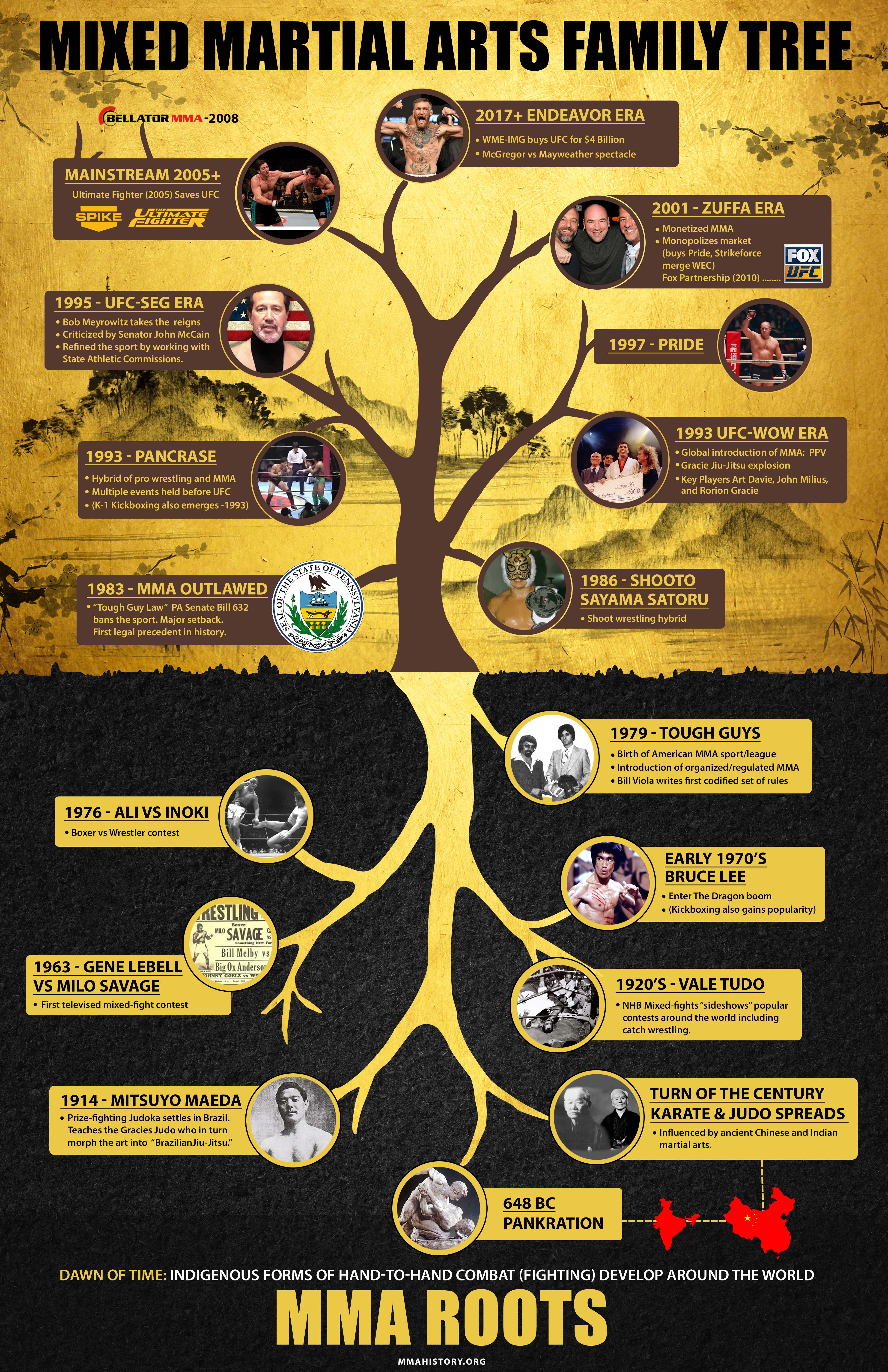The History And Development Of Martial Arts Worldwide
The History And Development Of Martial Arts Worldwide
Blog Article
Write-Up Writer-Kaufman Odonnell
Martial arts have a remarkable history that covers centuries and continents. go here might discover it interesting just how old methods like Shuai Jiao and Kalaripayattu laid the groundwork for modern fight methods. These self-controls not only highlight physical abilities yet additionally show the cultures that birthed them. As you discover their evolution, take into consideration how globalization has changed these typical types into hybrid styles. What impacts do you think have shaped today's martial arts landscape?
Ancient Martial arts: The Structures of Combat
As you delve into the world of old martial arts, you'll uncover the rich structures that formed battle techniques across cultures. Early techniques focused on Self-Defense and survival, commonly integrating strikes, grappling, and weapons.
In martial arts to defend yourself , for instance, techniques like Shuai Jiao stressed tosses and joint locks, while India's Kalaripayattu showcased dexterity and liquid movement. Japanese samurai developed Kenjutsu, a polished swordsmanship that highlighted self-control and method.
These martial arts offered not just for fight however additionally as a way of personal advancement, instilling worths like regard and determination. The mixing of these strategies with time prepared for the varied martial arts you see today, each reflecting the special philosophies and needs of its society.
The Cultural Impact on Martial Arts Advancement
While martial arts often mirror the practical needs of a society, they also symbolize the social values and beliefs of their origins. When you check out different martial arts, you'll notice just how they're affected by religious beliefs, viewpoint, and social standards.
As an example, the focus on respect and technique in Japanese martial arts originates from Zen Buddhism and samurai society. In contrast, Brazilian Jiu-Jitsu advertises adaptability and approach, shaped by the need for performance in a diverse, multicultural environment.
You might locate that the rituals, attires, and training approaches reflect a neighborhood's background and identification. By recognizing these social impacts, you strengthen your admiration of martial arts and their role fit human experiences around the world.
Modern Adaptations and the Globalization of Martial arts
Martial arts have transformed significantly in current decades, adjusting to contemporary society and global influences. You'll notice that standard types have mixed with contemporary strategies, developing hybrid styles like mixed martial arts. These adaptations cater to varied target markets, making martial arts available and appealing around the world.
With the surge of social media sites and digital platforms, you can discover tutorials and competitions from all corners of the world, breaking geographical obstacles. This globalization has led to a shared admiration for numerous disciplines, from Brazilian Jiu-Jitsu to Taekwondo.
As you engage with these arts, you'll understand they're not nearly fight; they promote health and fitness, technique, and psychological health.
Inevitably, modern adjustments have actually enhanced the martial arts landscape, making it a vibrant and progressing practice.
Final thought
In discovering the history and advancement of martial arts, you reveal a remarkable blend of techniques, societies, and ideologies. From ancient disciplines like Shuai Jiao and Kalaripayattu to the modern-day versatility seen in MMA, martial arts show humanity's pursuit for Self-Defense and personal development. As you engage with these practices, you not only obtain abilities but also a much deeper admiration for the varied traditions that form our world today. So, proceed your journey and accept the art of battle!
